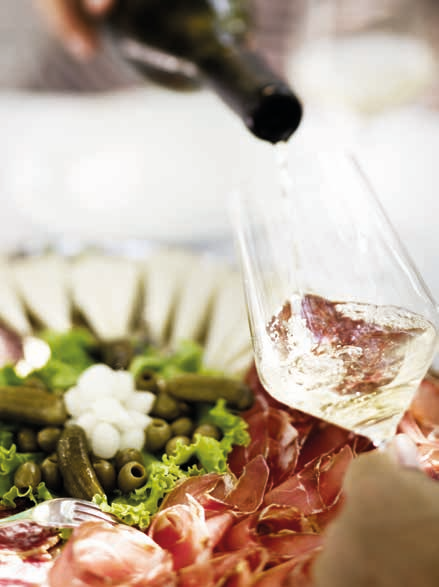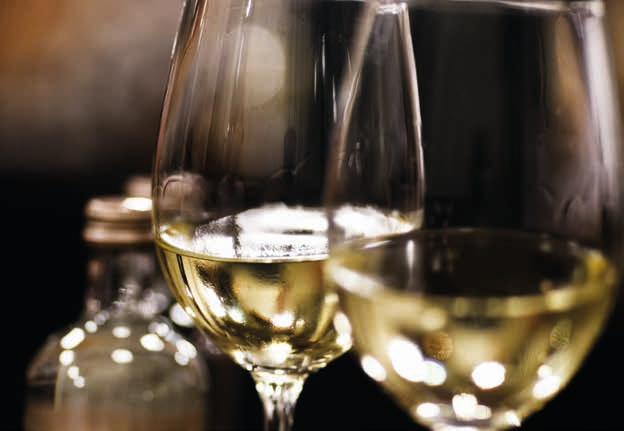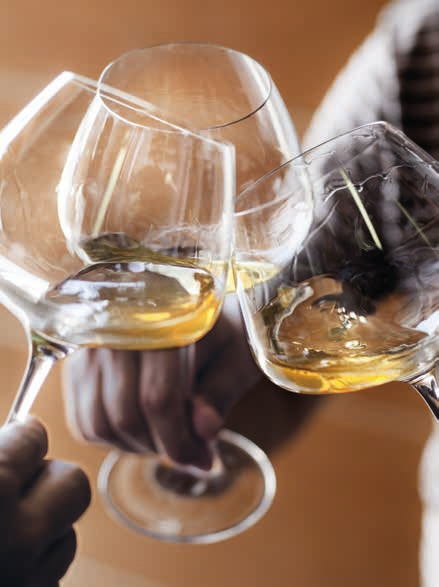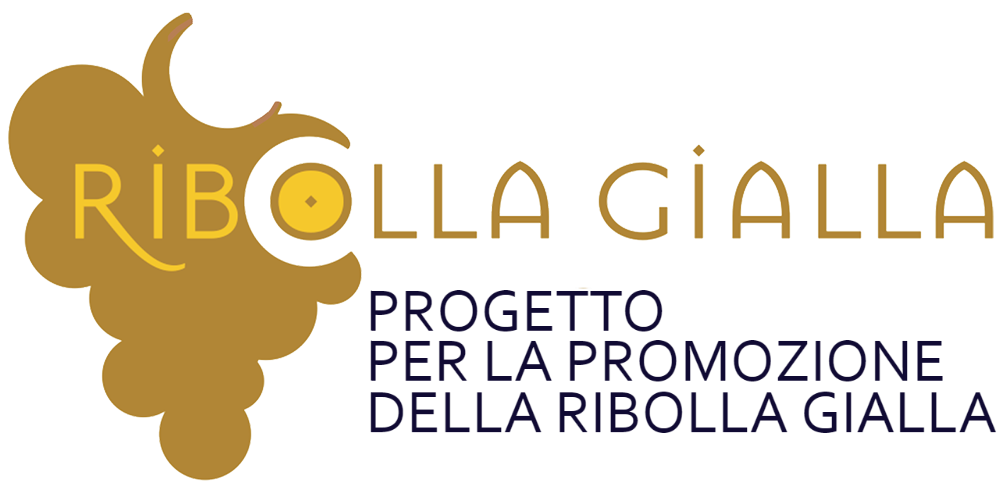THE TASTING – Wine Tasting Tips
Wine Tasting Tips
To fully appreciate the characteristics of the wine it is necessary that it is served correctly. The matter is more complex than expected, so complex that it allowed the creation of a profession originated in France but diffused and recognized all over the world: the Sommelier. It would therefore be presumptuous to pretend to summarize in a few lines what others learn in years of study and experience. In this context we will be satisfied with the two more important aspects of daily consumption: the temperature of the wine and the choice of the glass.
The temperature of the wine influences the perception of some gustatory sensations. The sweet taste is enhanced when the temperature increases. On the other hand, the salty, the bitter, the astringency and the effervescence are more evident if the wine is cold. It follows that a red must be served at room temperature, otherwise the sensation of astringency would prevail and it could enhance the bitter notes. On the other hand a dry white, especially if sparkling, must be served fresh to exalt the acidity on the softness. Finally we must remember that the temperature also influences the evaporation of alcohol and aromatic substances; if it is too cold it is almost impossible to appreciate the scent while if it is too hot there is the risk that the alcoholic vapors invade the nostrils covering every other sensation. By saying this it is clear that, at least in theory, every single product of its kind will need a specific service temperature. In practice it is always better to keep the bottles sometimes below the optimal temperature. After the wine is served, it is possible to wait a few minutes to reach the optimal situation for its tasting. As for the choice of the glass we start from a very simple idea. Different forms and capacities produce different oxygenation of the wine and a different diffusion of the aromas towards the outside, in particular towards the nose. Moreover, with different diameters and edge flaring when the wine is introduced into the mouth, the lips and the tongue take different positions, imposing to the liquid to come into contact first with some types of taste buds, then with others.In fact, it is really impressive to discover how wine, tasted in differently shaped glasses, provides such different sensations.
Here the theoretical arrival point is to identify a different glass for each type of wine. But without reaching this extreme for a correct choice it is opportune to take into account the following.
- A) The more the wine is aged, structured, important, especially if it has undergone a winemaking or aging in wood, the more the glass must be broad and pot-bellied in order to allow a vast surface contact of wine with air. These considerations are valid especially for reds but also for whites.
- B) The more the wine is perfumed the more the mouth of the glass can be wide. This allows the aromas to spread and not to be too concentrated in the direction of the nose. Similar considerations can be made in the case of very alcoholic wines (above 13% Vol.) Non aromatic white wines, especially if they are vintage, are better appreciated in tall glasses with rather narrow mouths.
- C) Countersunk glasses are optimal for wines in which the acidity is to be highlighted because the soft components are prevalent. This is the case of very sweet wines, perhaps passito, but also of great long-aging red wines. The flaring, moreover, helps to attenuate the perfumes too exuberant and is often appreciated in glasses for tasting aromatic whites.
- D) For sparkling wines, the flute is de rigeur, while for the sparkling sweets, especially if aromatic, the cup can be a good solution.
In any case, the ideal glass is made of white glass, perfectly transparent, without facets, possibly without decorations. The stem should be as long as possible so the hand holding the glass remains far from the nose. It will thus avoid confusing the aromas of wine with those of the food we are eating, or the cologne we use, or some other material that we have handled and has left a trail of smell on our skin.




